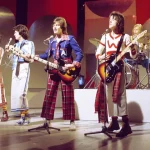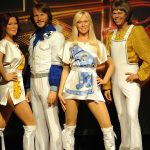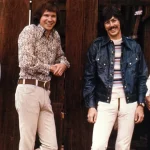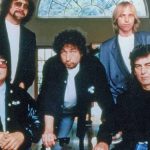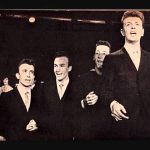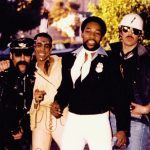Spandau Ballet: From 80s New Romantic Pioneers to Triumphant Reunion
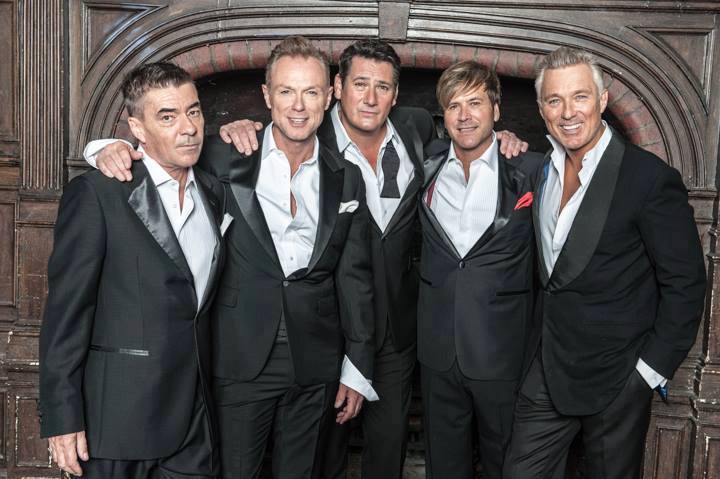
Spandau Ballet emerged as one of the defining bands of the 1980s, not just for their catchy pop anthems but for their pivotal role in shaping the New Romantic movement. Hailing from London, the quintet—featuring the brothers Gary and Martin Kemp (guitar/bass), Tony Hadley (vocals), Steve Norman (saxophone/guitar), and John Keeble (drums)—left an indelible mark on music, fashion, and pop culture before their eventual split and a highly anticipated reunion.
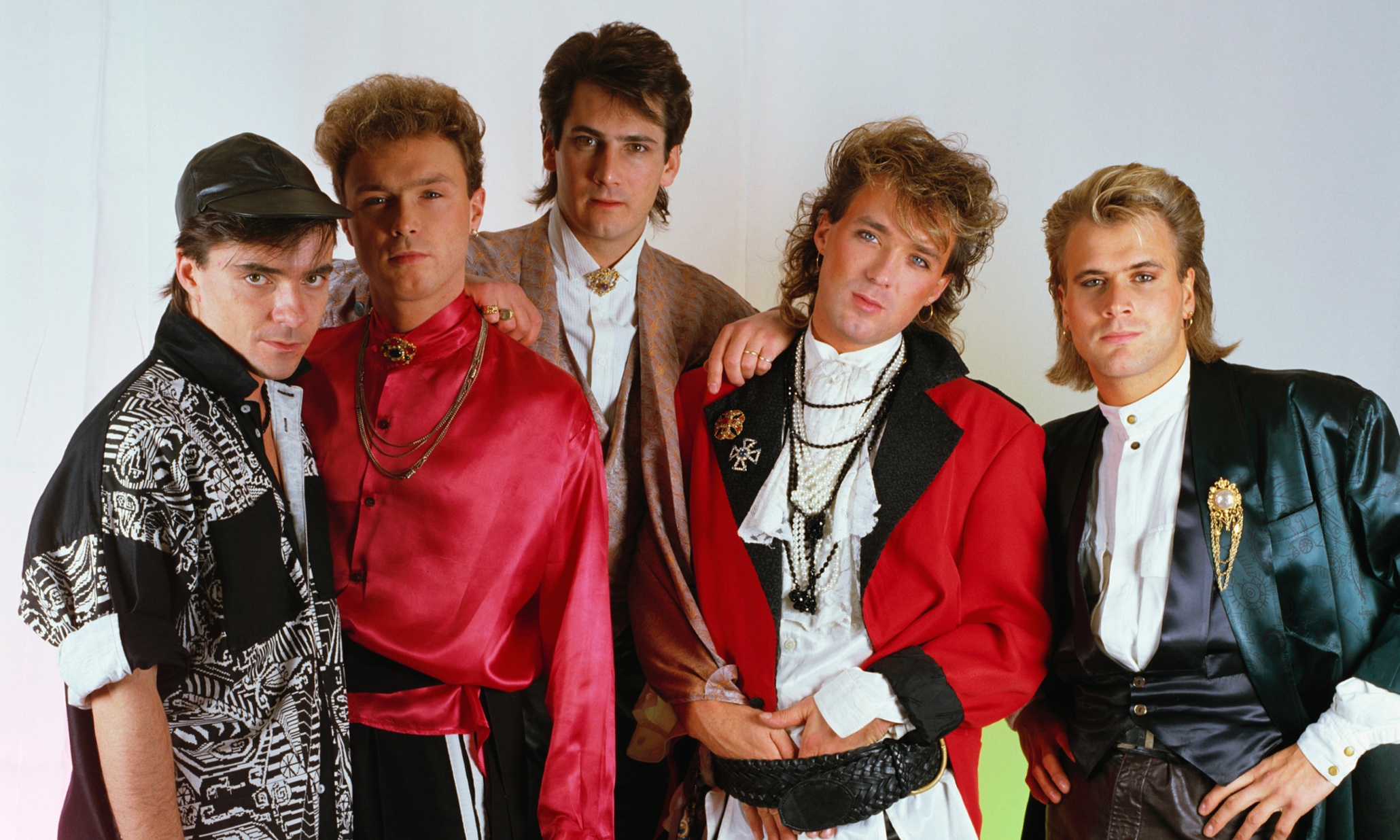
The 80s: New Romanticism and Global Stardom
Formed in 1979, Spandau Ballet quickly became synonymous with the New Romantic scene, a subculture characterized by flamboyant fashion, synth-driven music, and a strong emphasis on visual aesthetics. They were regulars at London’s Blitz Club, a hub for this emerging style. Their early sound, exemplified by hits like “To Cut a Long Story Short” (1980), was a blend of electronic pop and synth-funk, showcasing a sophisticated edge that set them apart.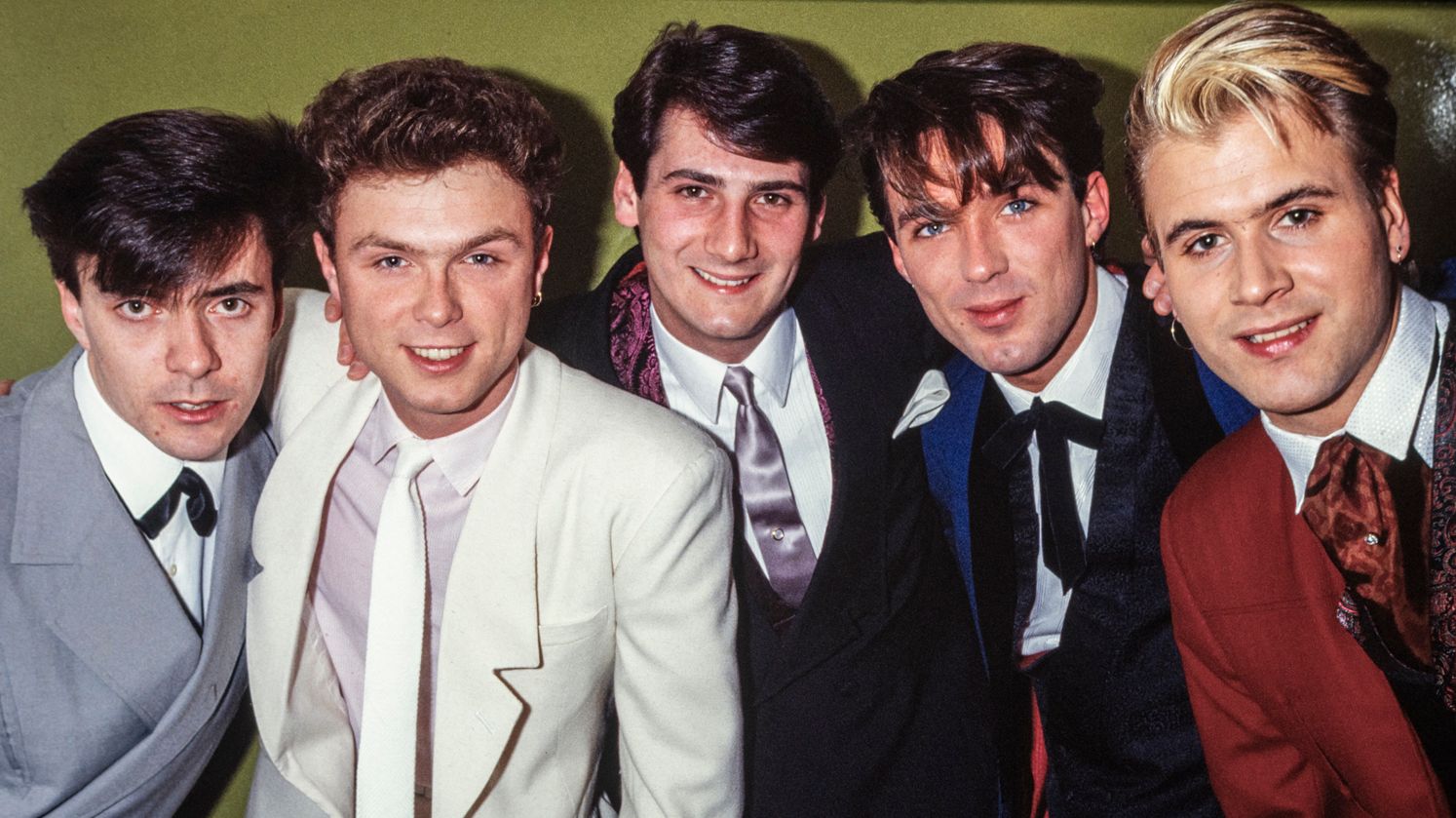
However, it was their transition into a more soulful, pop-oriented sound that propelled them to global superstardom. With their third album, “True” (1983), the band achieved massive international success. The title track, “True,” became a worldwide smash, showcasing Tony Hadley’s powerful baritone vocals and a smoother, more sophisticated musicality. This era cemented their status as pop idols, with other significant hits including “Gold,” “Communication,” and “Only When You Leave.” They effortlessly blended pop hooks with elements of soul and R&B, maintaining their cool while expanding their appeal. By the mid-80s, they were stalwarts of the era, participating in major events like Live Aid (1985) and enjoying immense popularity across Europe, North America, and Australia.
Despite their phenomenal success, internal tensions over royalties and creative differences mounted, leading to a highly publicized legal battle and their eventual disbandment in 1990. The members pursued individual careers, with the Kemp brothers finding success in acting (most notably in The Krays and EastEnders).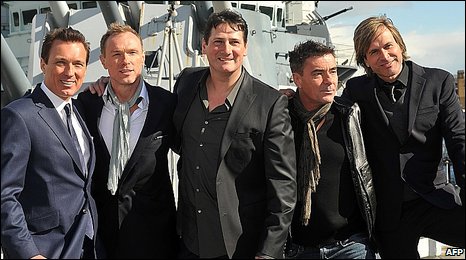
The Reunion: A Triumphant Return to the Stage
After nearly two decades apart, the enduring appeal of their music and a palpable desire from fans for their return paved the way for a reunion. In 2009, Spandau Ballet officially announced their reformation, embarking on the hugely successful “Reformation Tour.” This reunion wasn’t just a nostalgic cash-in; it was a genuine reconnection of the five original members, who found common ground and reignited their shared passion for performing their classic material together.
The tour sold out arenas, demonstrating that their music resonated just as strongly with a new generation as it did with their original fanbase. The band released new material, including the single “Once More,” and continued to tour selectively, participating in events like the London 2012 Olympic Games closing ceremony and releasing the documentary Soul Boys of the Western World (2014), which chronicled their rise, fall, and reunion.
While the band faced further changes, including the departure of Tony Hadley and subsequent vocalists, the initial reunion in 2009 remains a powerful testament to Spandau Ballet’s legacy. It proved that their iconic 80s sound had a timeless quality, their charisma as performers was undiminished, and their place in pop culture history was firmly secured. Spandau Ballet’s journey from pioneering New Romantics to a triumphant reunion embodies the enduring power of their music.
